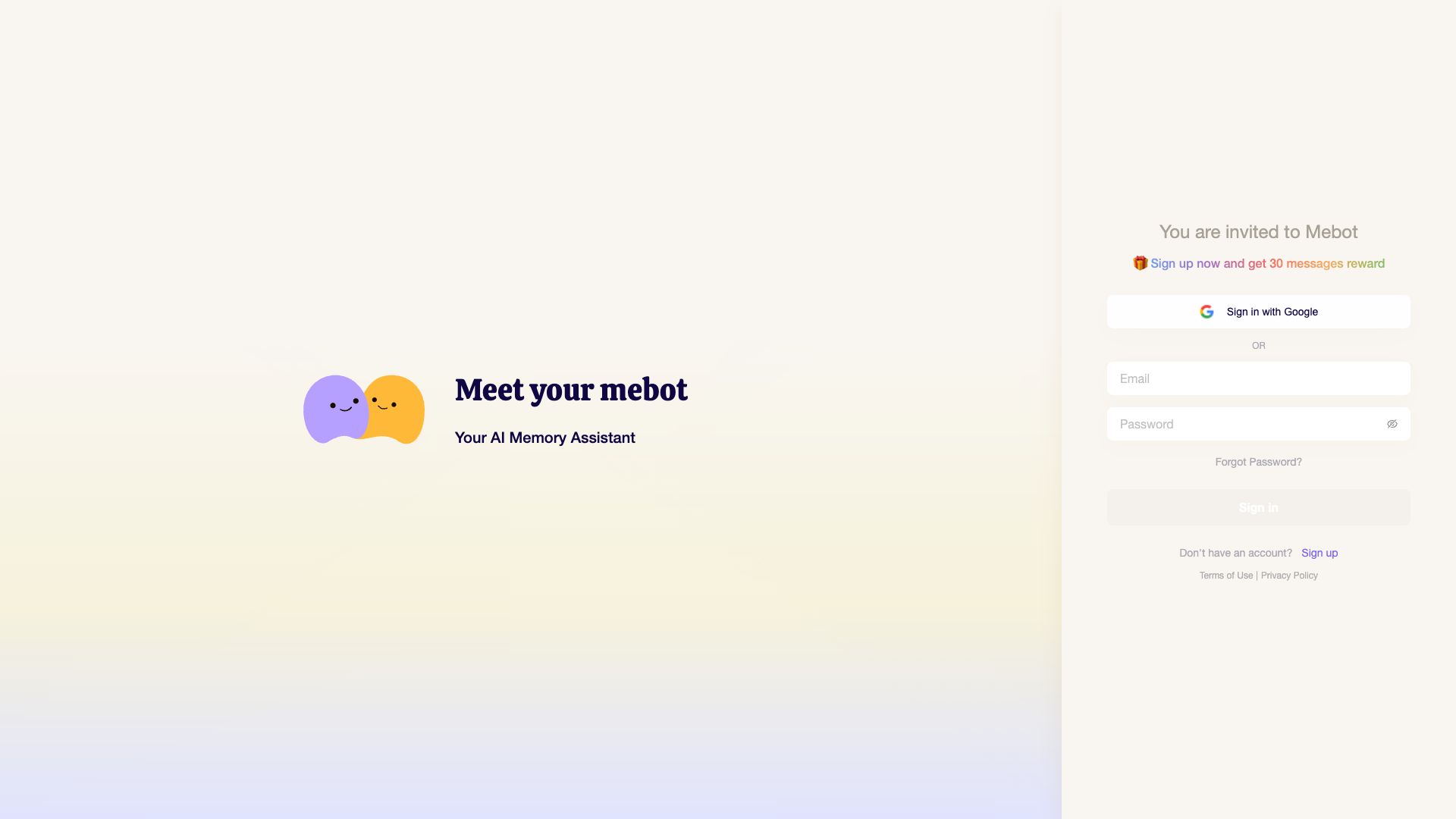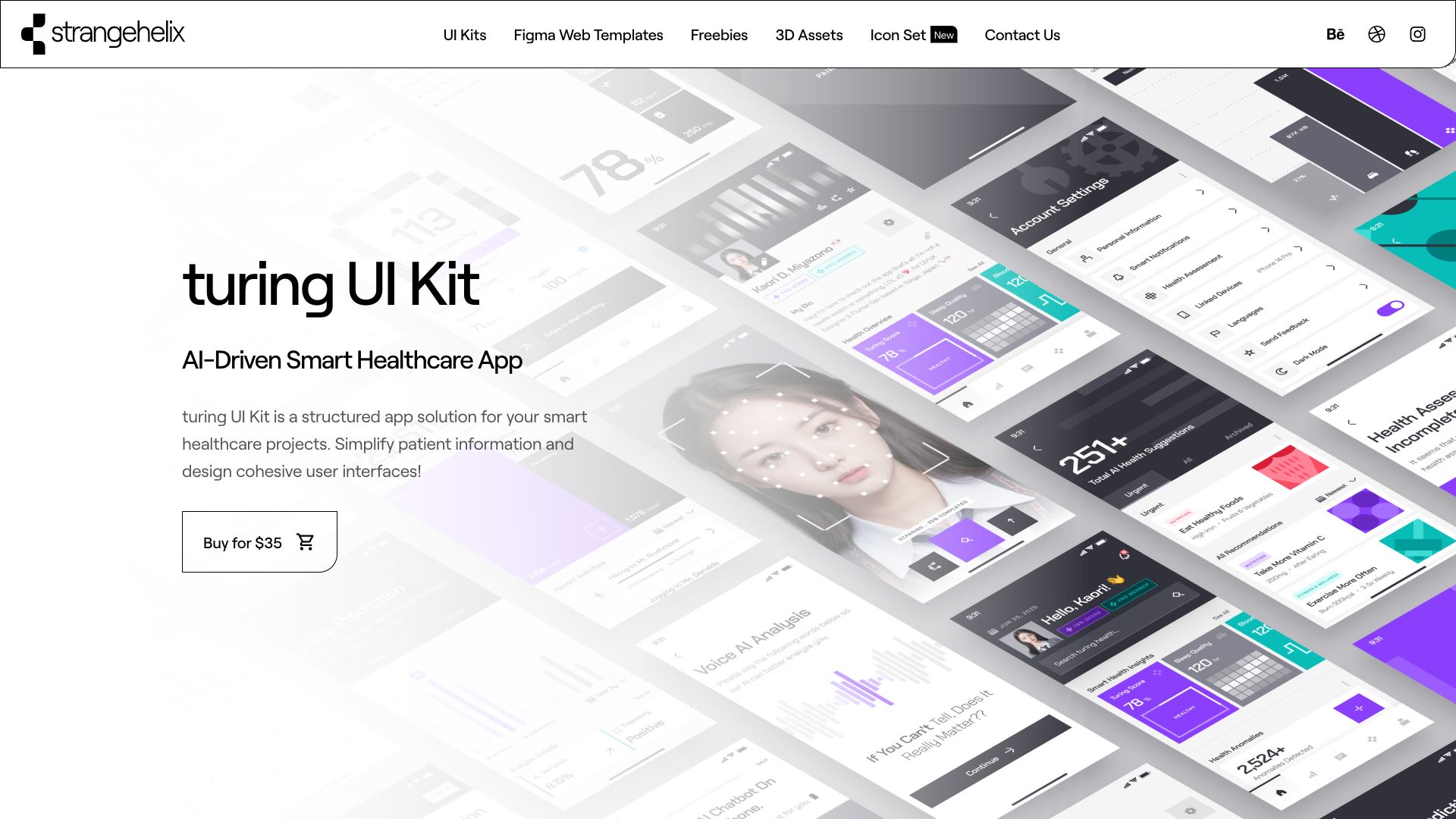Awesome No-Code&Low-Code Tools in 2024
Discover the awesome 10 AI tools for 2024 By Candytools
Oliv is the next-gen AI-powered sales assistant. Get help with automatic prospect research, live transcription, guided questions, CRM updates, and workflows while you focus on having conversations that close!
Your AI Memory Assistant
turing UI Kit is a structured app solution for your smart healthcare projects. Simplify patient information and design cohesive user interfaces!
Maximize your e-commerce content with our AI tools: from an advanced text generator and AI essay writer to a comprehensive copy AI enhancer and AI rewriter. Dive deeper into creativity with our AI logo creator, character generator, and AI video editor. Elevate your blogs and ads with our versatile suite designed to refine and perfect your content strategy.
Simplifies app localization and helps you reach more users
Get creative with ArtiverseHub's online ai art generator. Support multi-platform including DALLE(ChatGPT), Leonardo.ai, Stability.ai, and some more.
AI DeFi Builder
QAIZ is a no-code test automation platform that empowers anyone to create, run, and scale tests across web, mobile, and API - no coding required. Improve software quality and accelerate delivery with QAIZ.
Create your own AI chatbot in minutes with MyBot. No coding required. Build custom chatbots for your website, WhatsApp, Telegram, and more!
Build beautiful, interactive maps for your website, blog, or social media. No coding required! Customize your map with images, videos, links, and more. Perfect for travel blogs, business locations, and story maps. Get started free!
More AI Tools Categories
What is No-Code&Low-Code?
"No-Code" and "Low-Code" are approaches to software development that aim to make it accessible to a wider range of people, not just experienced programmers. They do this by replacing traditional coding with more visual and intuitive methods.
Here's a breakdown:
No-Code:
- Concept: Building software without writing any code at all.
- How it works: Relies entirely on visual, drag-and-drop interfaces, pre-built templates, and integrations. Users manipulate elements and connect functionalities without needing to know coding languages.
- Target users: Business users, entrepreneurs, and anyone with limited technical expertise who want to create simple applications or automate tasks.
- Examples:
- Website builders: Wix, Squarespace, Webflow
- Mobile app builders: Glide, Adalo
- Automation tools: Zapier, IFTTT
- Basic database tools: Airtable
Low-Code:
- Concept: Minimizes the amount of coding required to build software.
- How it works: Still offers visual development environments, but allows users to add custom code for more complex functionalities and integrations.
- Target users: Developers who want to speed up development time, as well as technically inclined "citizen developers" who can handle some basic coding.
- Examples:
- App development platforms: Mendix, OutSystems, Microsoft Power Apps
- Business process management (BPM) tools: Appian, Pega
- Database platforms with scripting capabilities: Salesforce, Zoho Creator
Benefits of No-Code & Low-Code:
- Faster development: Reduces the time and effort needed to build software.
- Increased accessibility: Empowers non-programmers to create their own solutions.
- Lower costs: Can reduce the need for expensive developers.
- Improved agility: Allows businesses to respond to changing needs more quickly.
Limitations of No-Code & Low-Code:
- Limited customization: May not be suitable for highly complex or unique applications.
- Platform dependence: Applications are tied to the specific platform used.
- Security concerns: Potential security vulnerabilities depending on the platform and its implementation.
In a nutshell:
- No-Code is like assembling Lego blocks: You have pre-defined pieces, and you put them together to create something.
- Low-Code is like having a semi-furnished house: You have the structure, but you can customize and add more complex features with your own tools (coding).
Both No-Code and Low-Code are revolutionizing software development. They allow more people to participate in the process and empower businesses to be more agile. However, they are not a replacement for traditional coding, which is still needed for highly complex and custom applications.









